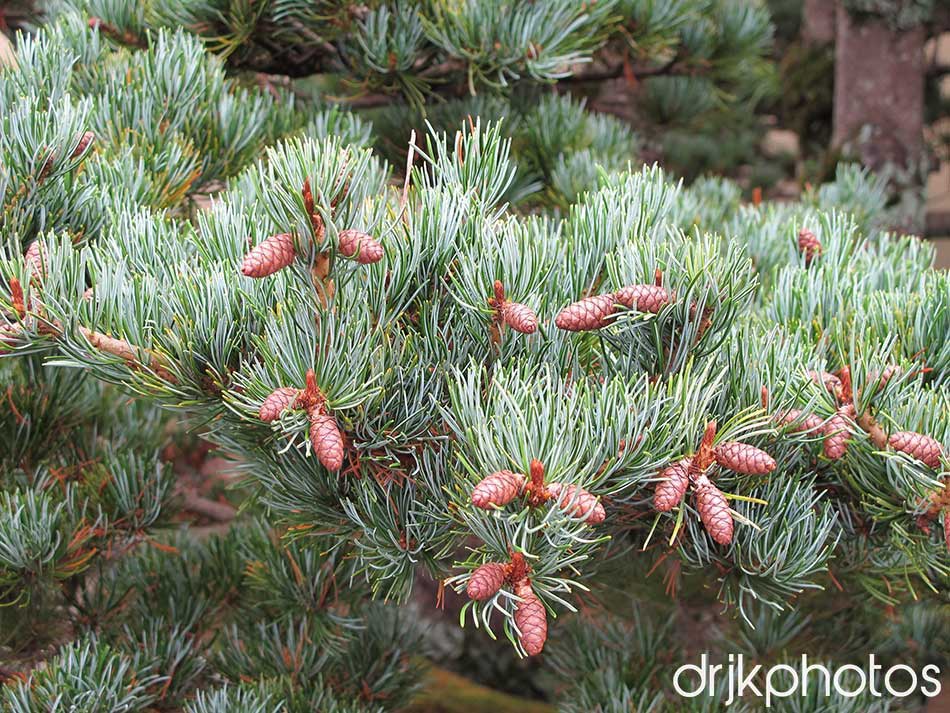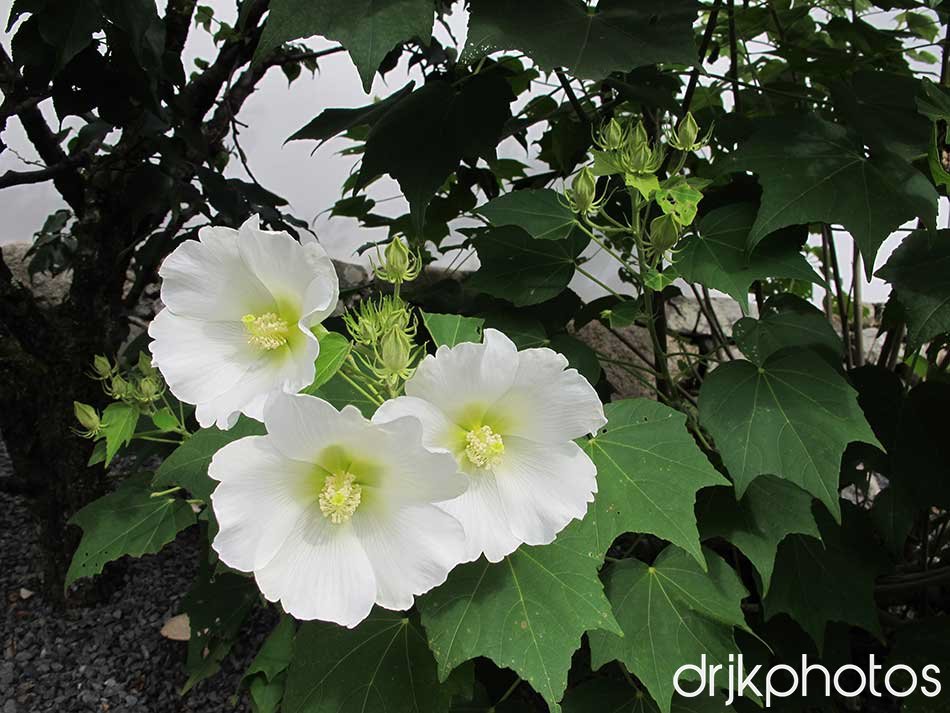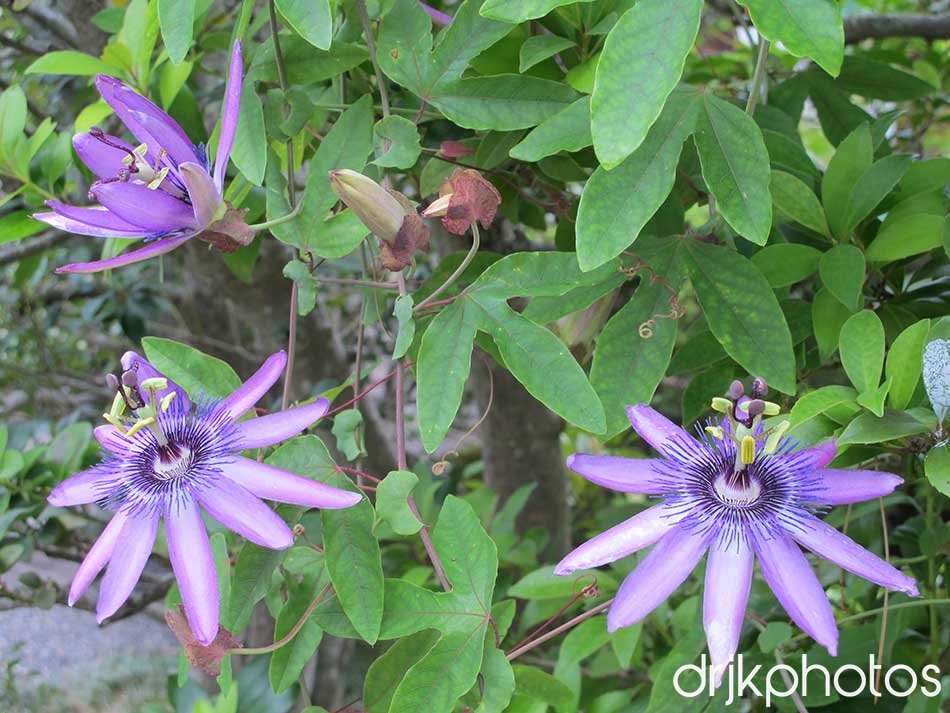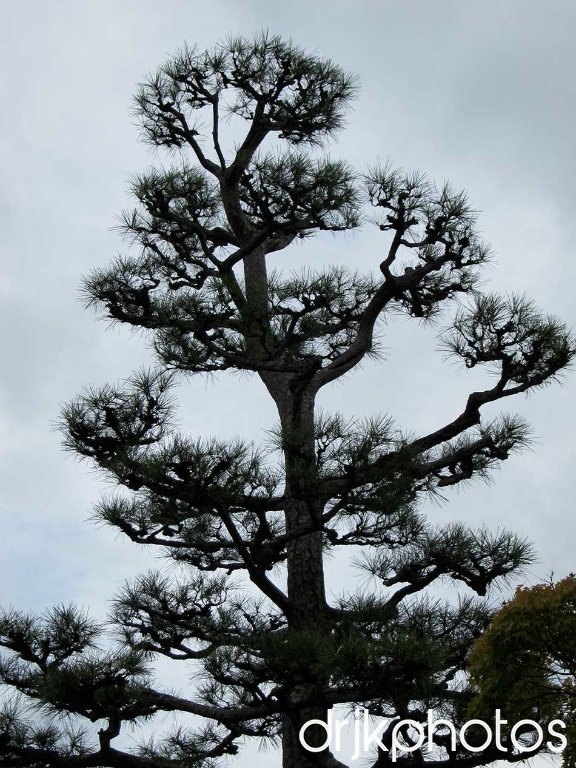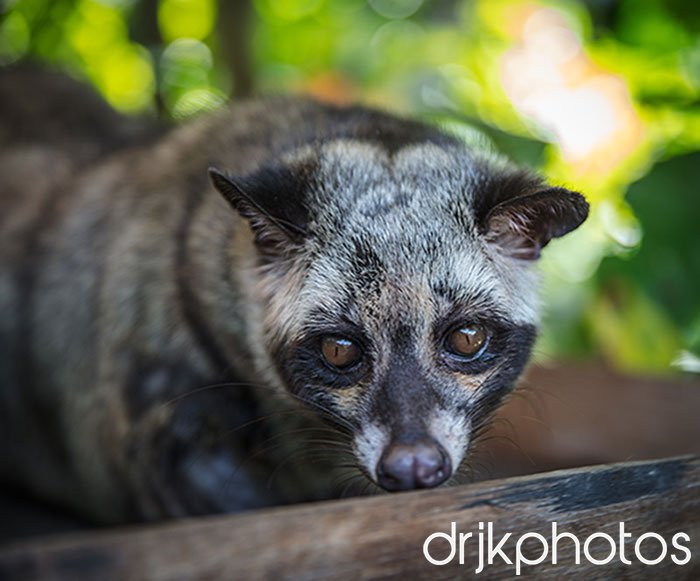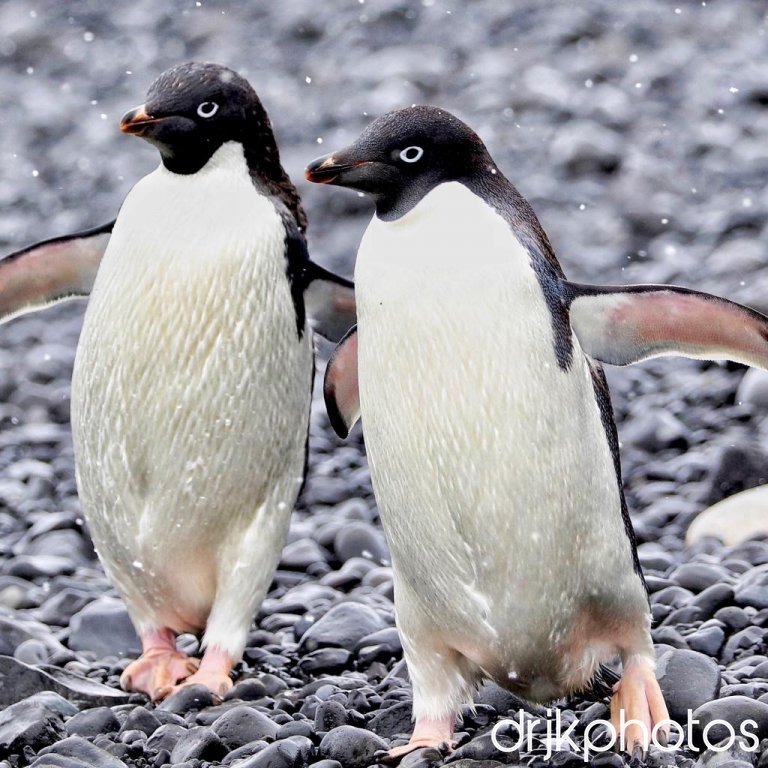Natural Anti-oxidants
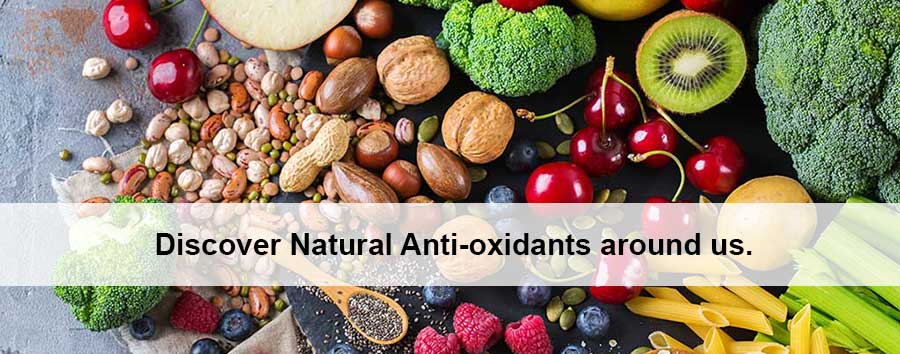
- Berries like blueberries, strawberries, cranberries and raspberries are all loaded with antioxidants which save cells from premature ageing.
- Avocado is a super guardian of cells that also lowers and improves blood cholesterol.
- Broccoli has awesome anti-Aging powers and is proven cancer fighter.
- Cabbage contains good anti-Aging properties. Crinkly Savoy cabbage is the best choice. To get the most anti-Aging benefit, eat it raw or lightly cooked.
- Carrots help lowers cholesterol and reduce the risk of stroke and heart attack. It also protects the eyes.
- Citrus fruits like the oranges and lemons is known to fight cancer.
- Grapes contain 20 known antioxidants. Resveratrol in grapes help fight disease and aging.
Red and black grapes are better than the white ones. - Red onion, not white onions are the most effective anti-aging vegetables.
- Spinach help fight against cancer, heart disease, high blood pressure, strokes and psychiatric problems.
It is also a good source of Iron among the green leafy vegetables. - Tomatoes are the richest and only reliable source of this powerful antioxidant, lycopene. Believed to be a powerful anti-cancer agent. White tomatoes which are not easily available are super rich in lycopenes.
Finally, I would like to share with you my experience with a very powerful anti-oxidant called Astaxanthin in Astareal ACT which has:
- 6000 times stronger power than Vitamin C
- 3000 times stronger than Resveratrol
- 800 times stronger than CoQ10
- 560 times stronger than Green Tea Catechins
- 110 times stronger than Vitamin E
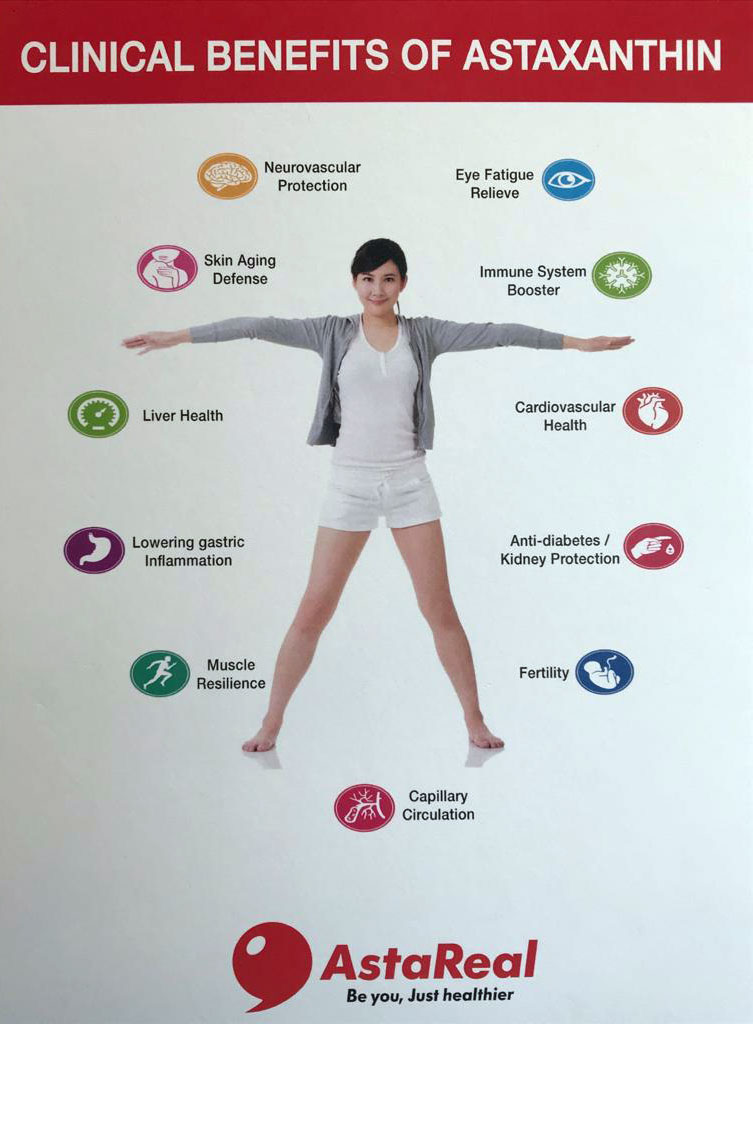
For more information about Astaxanthin, please contact us.
Anti-aging
In order to understand how to deal with the problem of aging, we need to understand the processes that cause it.
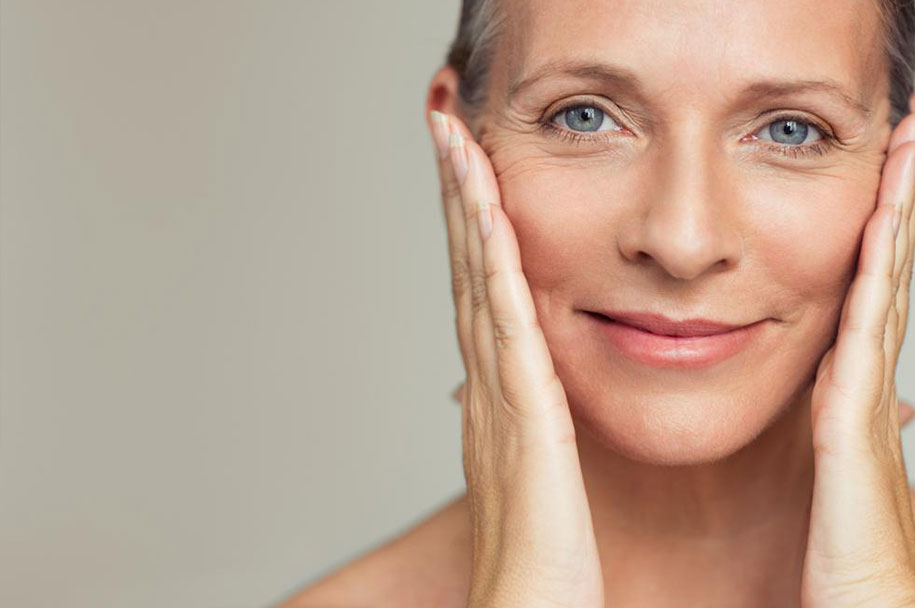
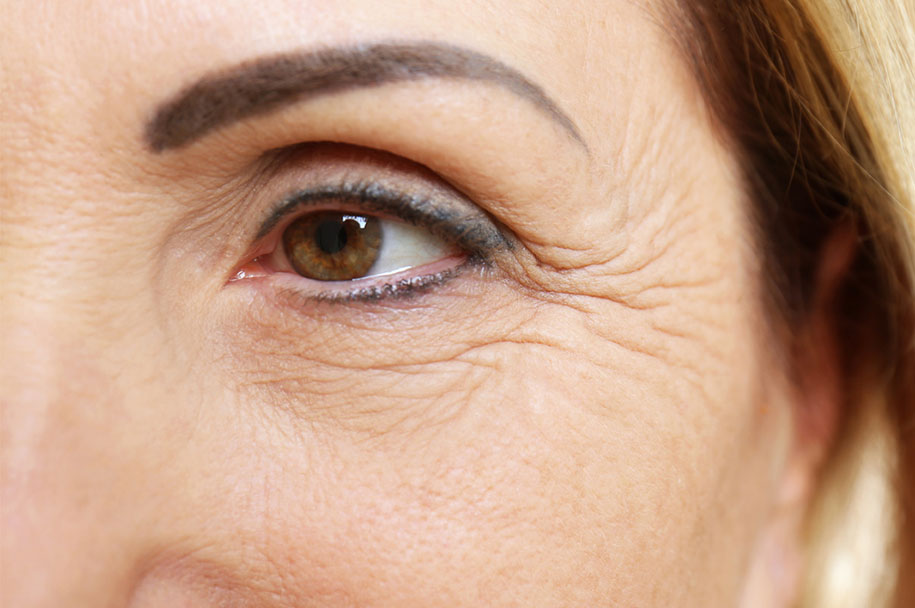
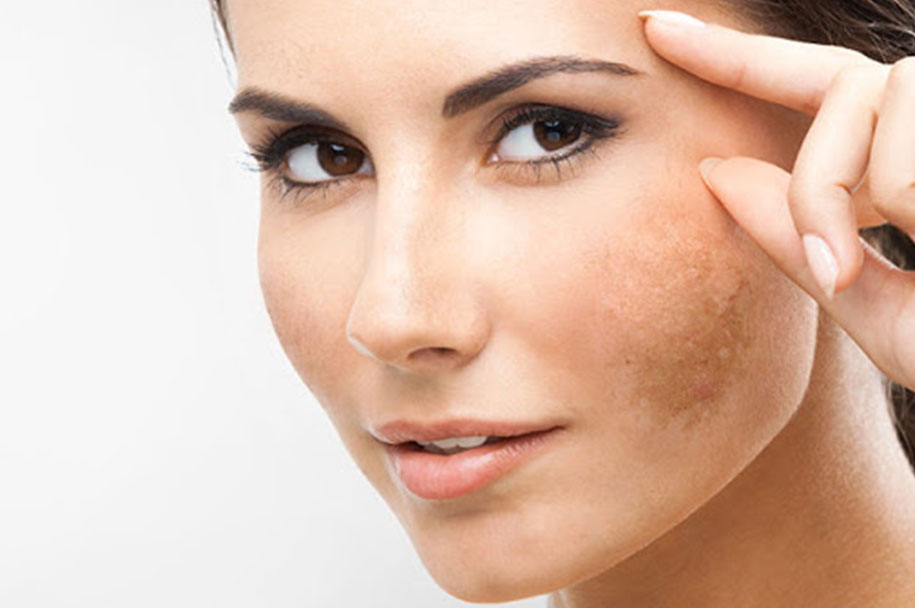
Understandably, we all love to look healthy and good.
However, in the natural aging process, we lose 1% of collagen a year. By the time we reach the age of 50, we would have lost 50%, leaving only 50% of collagen in our body. This results in the skin not having the same bounce and elasticity as it was when we were in our teens. As a test, it takes a longer time for the skin of a 50 year old’s back of our hands to bounce back to shape after it is tented up with a pinch.
We need to delay this aging process in order to look good.
The first tell-tale signs of aging are:
- Saggy skin – as in droopy eye-lids, eye-bags, goat neck
- Fine lines and wrinkles especially around the eyes (crow’s feet) when smiling.
- Pigmentation – age spots and melasma frequently over the cheek bones.
The biggest preventable culprits to the cause of aging are:
- UV radiation
- Dietary insufficiency especially anti-oxidants
- Stress – this can be due to work or late nights both of which do not allow your body enough time to recover and repair. The stress hormones destroy our collagen and also prevents the formation of new collagen by the fibroblasts (factory cells in our body).
Carotenoids for UV Skin Protection
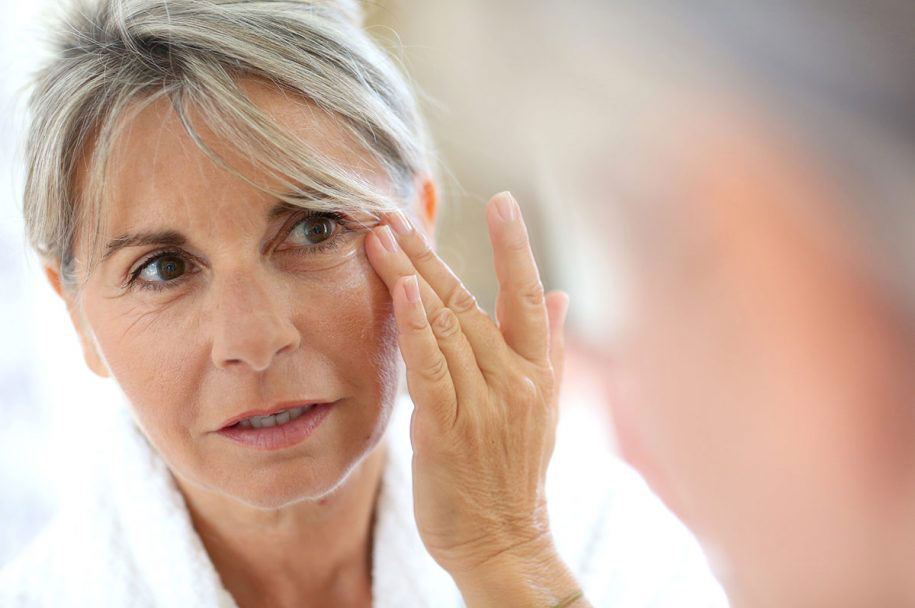
Ultraviolet (UV) radiation is one of the most important daily environmental hazards that your skin encounters. UV radiation causes UV damage in the skin, which includes: tissue injury and cutaneous inflammation (collectively known as ‘sunburn’), premature aging of the skin called photoaging (which includes wrinkles and pigmentation), general immune suppression, and even skin cancer.
The underlying cause of UV damage is the damage inflicted upon cells, and the resultant generation of reactive oxygen species, also known as “free radicals”. Usually, these free radicals are rapidly chewed up and neutralized by antioxidants present in the body, in the immediate vicinity of the UV insult. However, once this antioxidant defense is depleted, free radicals proceed to cause harm by oxidising and damaging lipids, proteins and DNA.
Our most obvious means of UV protection are limiting sun exposure, wearing protective clothing, and using sunscreens. But in recent years, endogenous (i.e. from within the body) UV protection from carotenoids has come into considerable attention.
Research has shown that nutritional bioactive carotenoids can provide important additional protection against the damaging effects of UV radiation. Carotenoids such as ß-carotene, lycopene, zeaxanthin and lutein have potent antioxidant function, and are among the most effective naturally-occuring scavengers of free radicals.
Additionally, because carotenoids are efficiently distributed to the skin, they are able to participate in significantly boosting the skin’s inherent antioxidant abilities.
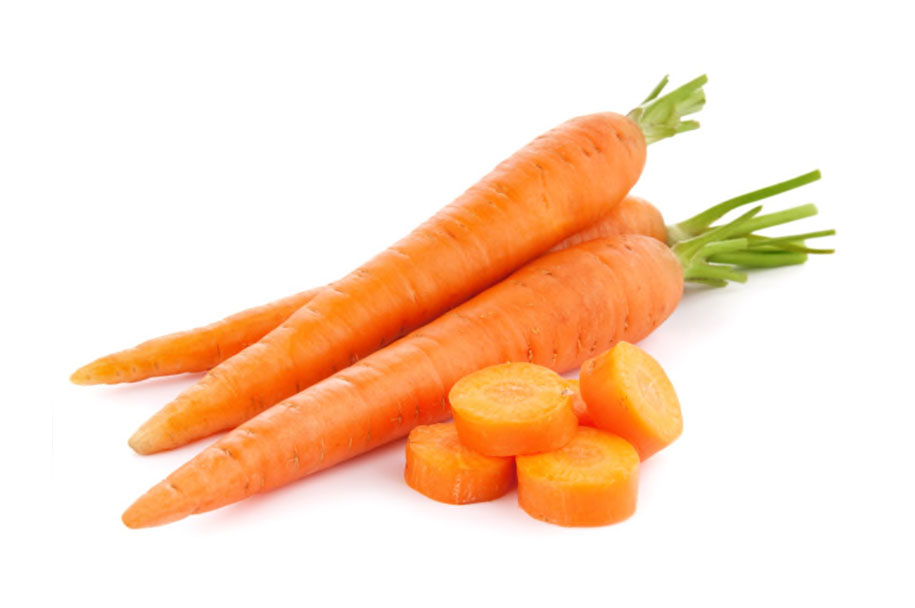
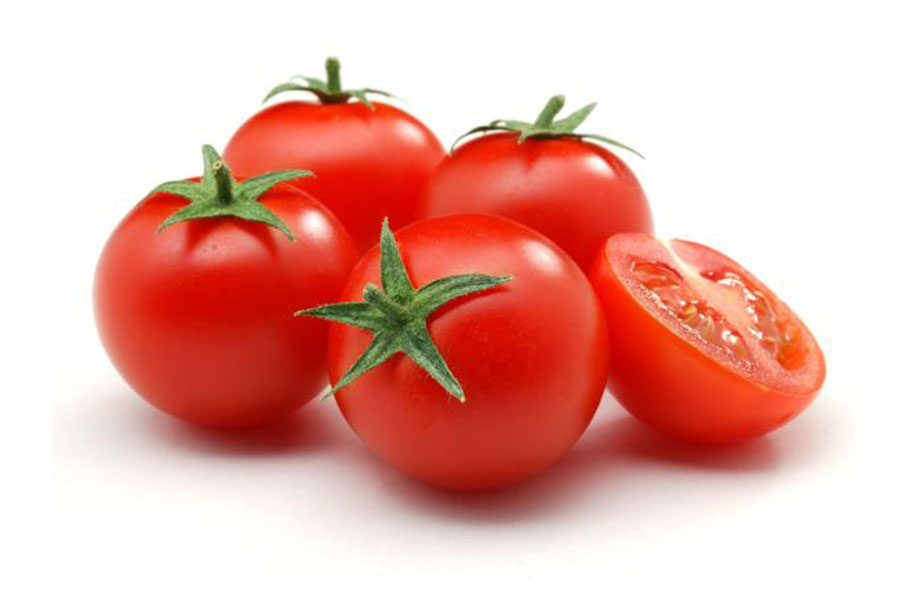
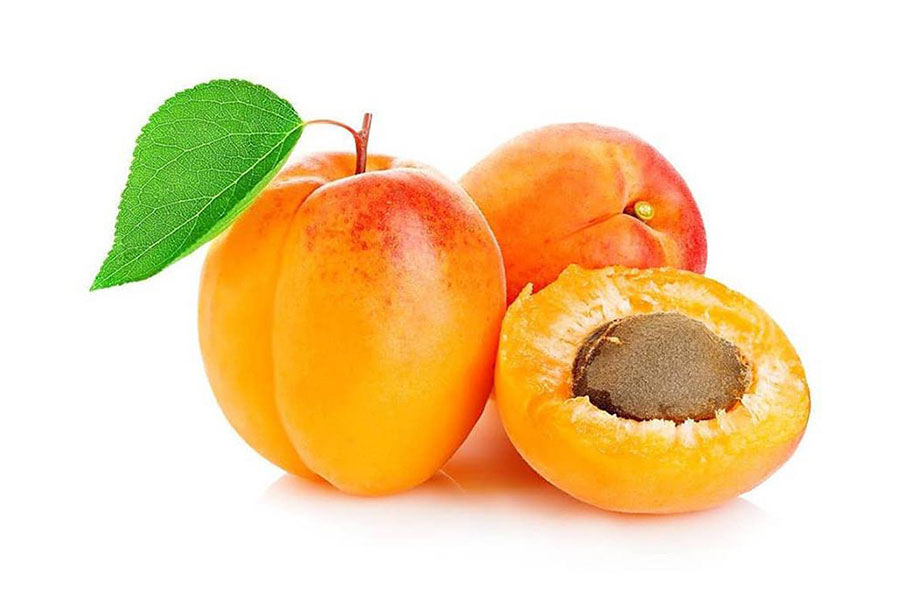
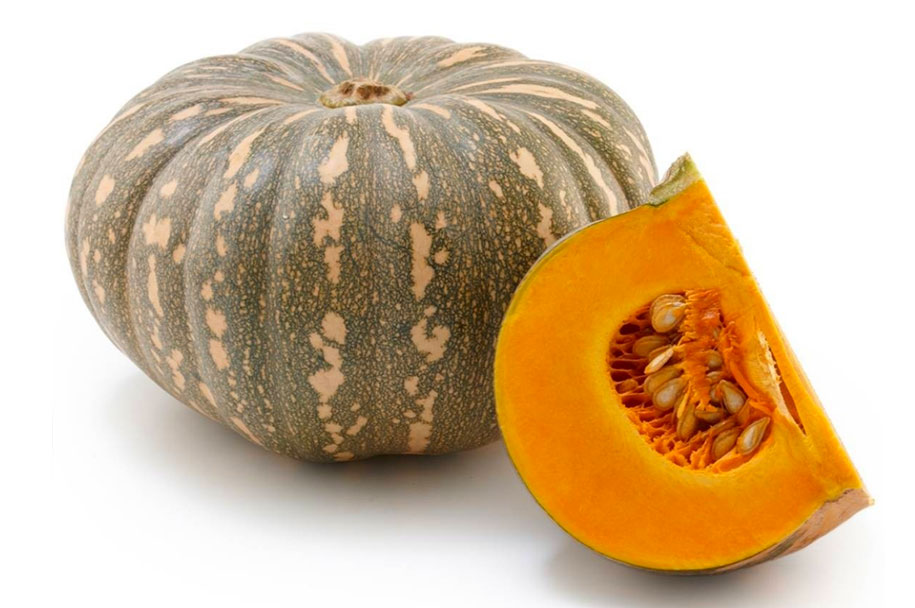
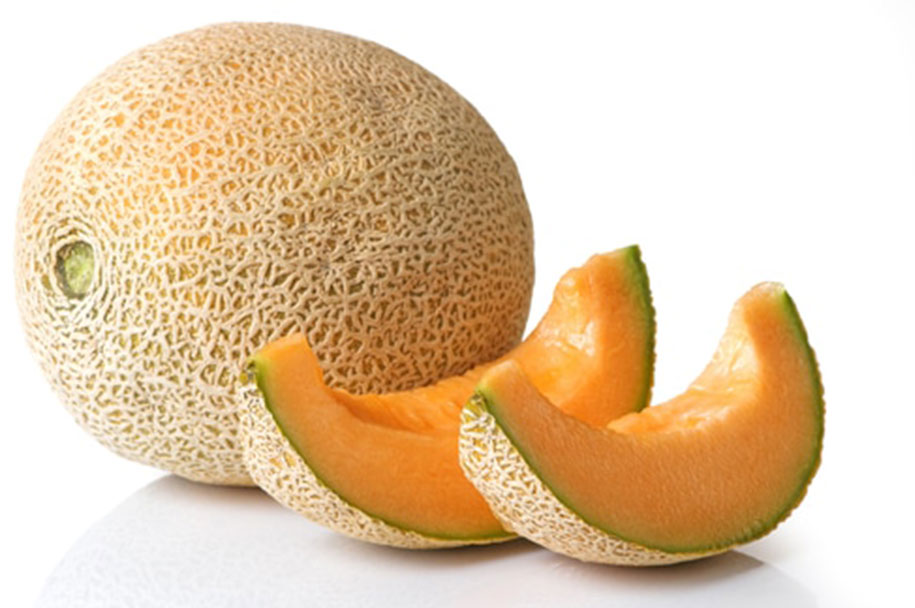
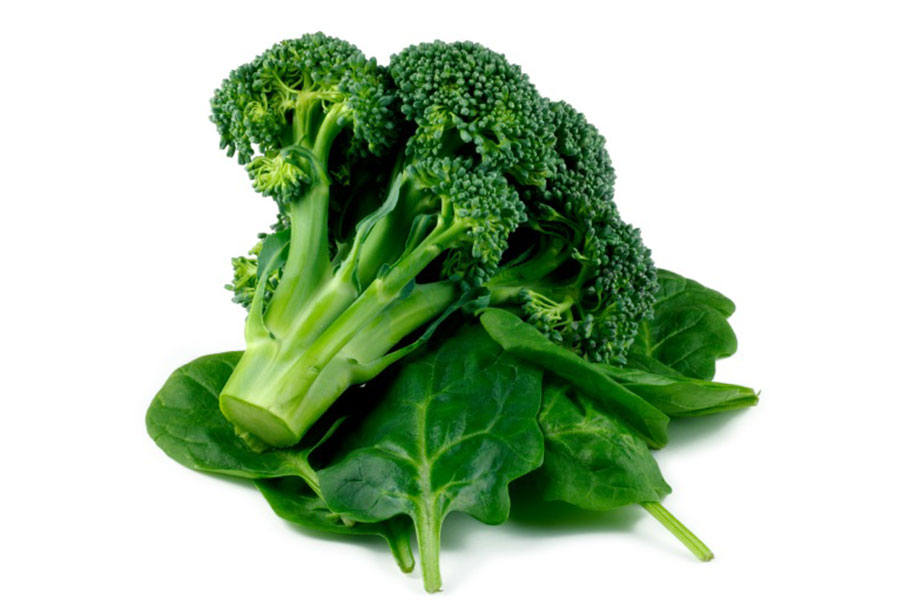
Studies show that in order to achieve effective UV protection, a daily dose of 20mg for a minimum of 10 continuous weeks is needed. Sources of carotenoids would include: carrots, tomatoes, tomato-based products e.g. tomato paste, sweet potato, cantaloupe, apricots and pumpkin. It is also present in green leafy vegetables especially spinach and broccoli. A valuable tip is that these foods are fat soluble and will be better absorbed better when combined with dietary fat.
Admittedly, UV protection from nutritional carotenoids is comparatively much lower than that of topical sunscreens. Also, nutritional carotenoids do require religious ingestion over a long time in order to become effective.
However from a lifelong viewpoint, carotenoid supplementation is a most useful addition to your overall UV protection – think of the times where your topical sunscreen may have worn off, or you may simply have forget to apply any. For any skin-conscious individual, carotenoids are therefore a worthwhile consideration to add to the daily diet. After all, what a simple and inexpensive measure it is, for the multiple payoffs of staving off sunburns, aging, poor immunity and cancer!
Written by: Tricia WL Lee Reviewed by: Dr Janice Khoo
How To Eat Right For Your Skin
Written by: Trish WL Lee , Reviewed by: Dr Janice Khoo
What to avoid, and what to ardently enjoy.
While there is no one single trigger for acne, the old adage holds true that “you are what you eat”. Staying away from certain foods and turning to beneficial foods can indeed minimize your breakouts! Low glycaemic index (GI) foods and plenty of fresh fruits, vegetables and lean protein, work best for achieving acne-free skin.
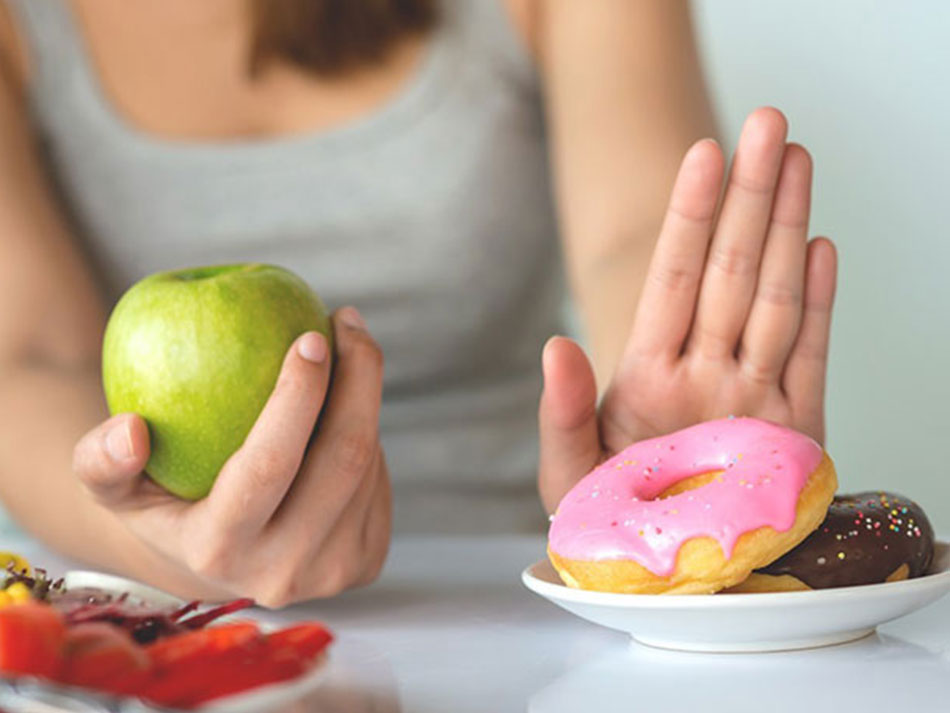
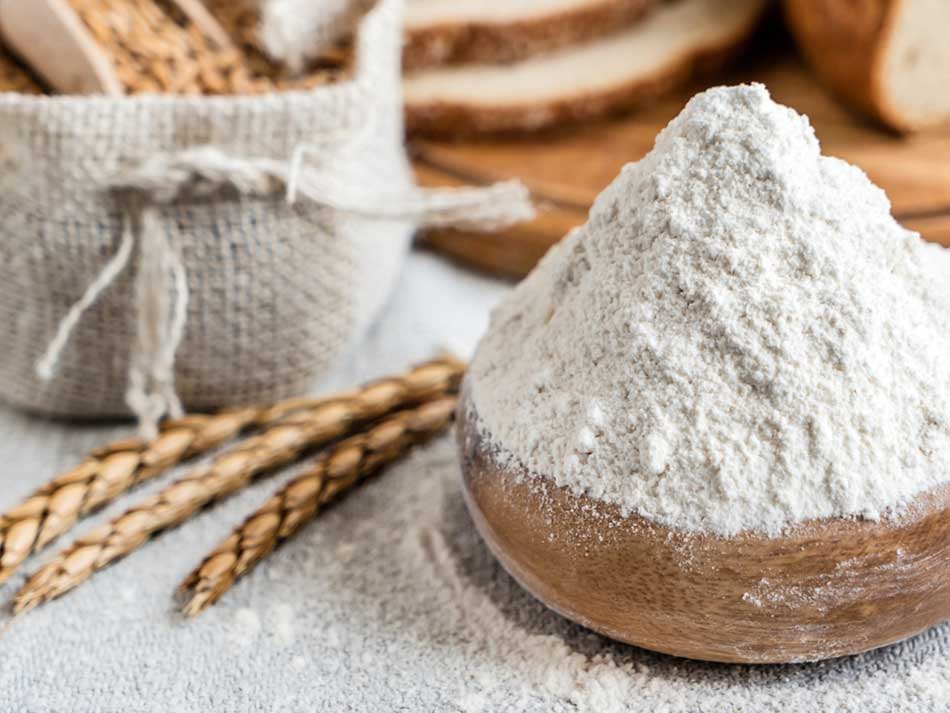
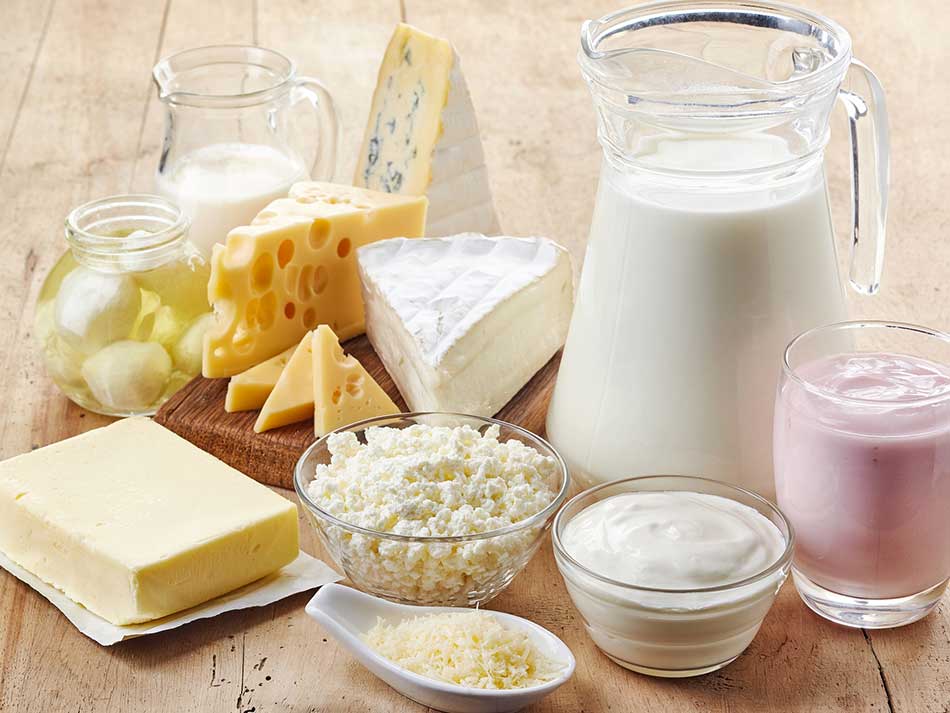
MUST AVOID:
- Sugar, and any high glycaemic index foods (e.g. bread, rice, cereal, chocolate), causes spikes in insulin levels, and in turn androgen levels, which are responsible for sebum production. More sebum means more clogged pores and potential for infection and acne.
- Dairy, apart from being high in fat and cholesterol, is also chock full of hormones intended for baby calves to grow quickly. (Milk contains 59 active hormones!) These are the culprit content that make your liver produce more IGF-1, which stimulates inflammation. Studies have found strong links between consumption of milk and occurrence and severity of acne.
- Flour is bad, and not just for your waistline. Apart from the initial insulin spike (and accompanying inflammation) that comes with high glycaemic index foods, there is speculation that wheat foods deserve special attention as wheat may contain a substance that particularly encourages inflammation. If you have chronic acne, stubborn to an extensive range of attempted treatments, you may have wheat-induced acne. Stay away from bread, pastries, pasta, and cereals.
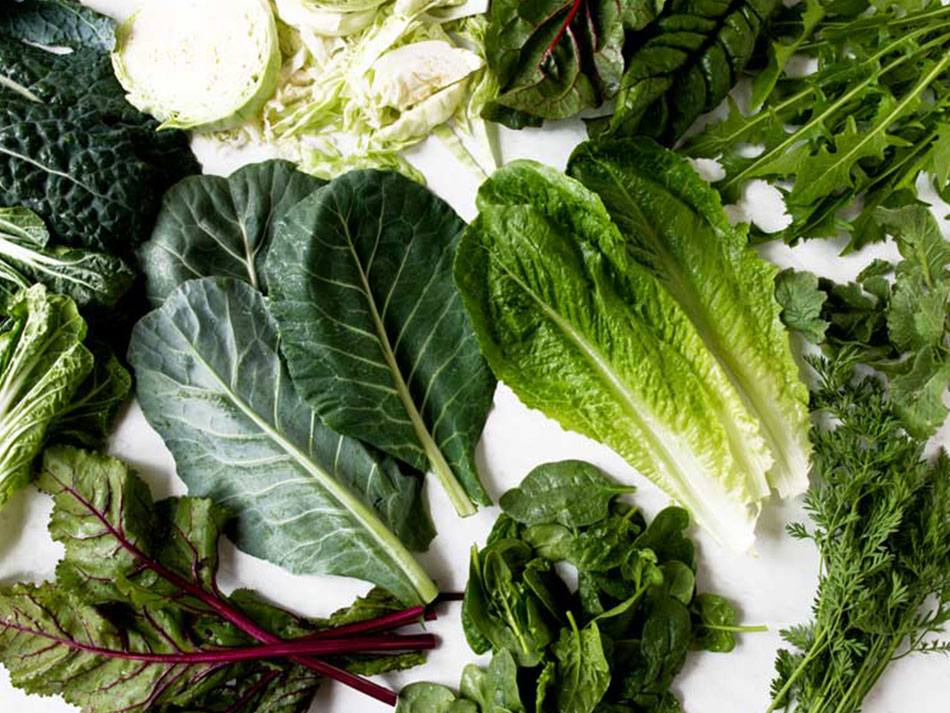
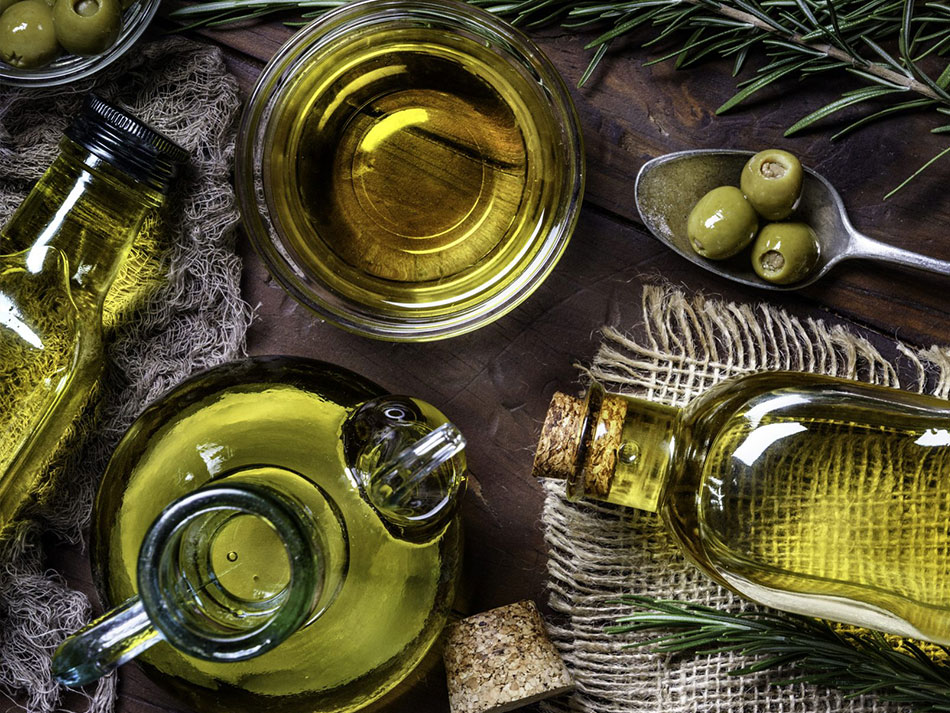
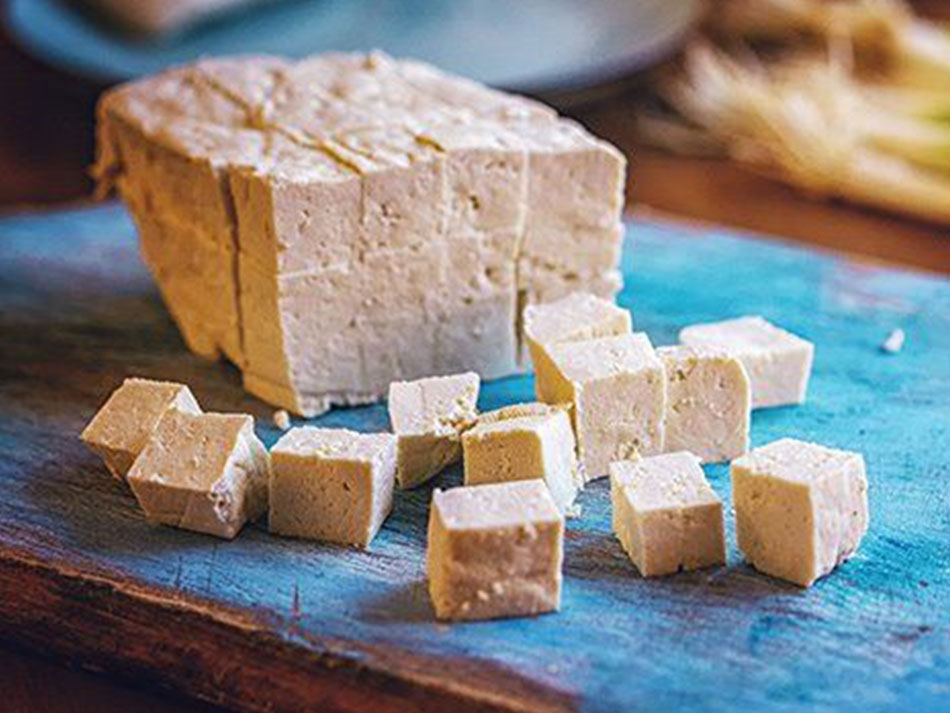

SKIN SAVERS:
While sinful indulgences are a concern, nutritional deficiency can be as much to blame for skin problems. Pay attention to your daily intake of vitamins and minerals, particularly Vitamins A, C, E, B3 (Niacin) and B6 (Pyridoxine), and the minerals zinc, selenium and chromium. Additionally, though not a vitamin or mineral, keep up a regular intake of omega-3 fatty acids. Remember, the best sources of nutrition are always natural sources rather than a pill.
- Vitamin A aids epidermal differentiation and cell turnover, controls sebum production, suppresses androgen formation, and boosts your immune function. Best sources: liver, sweet potatoes, carrots, dark leafy greens
- Vitamin C promotes healing, and is a powerful antioxidant, which helps cell regrowth and prevents wrinkles. Best sources: guavas, bell peppers, broccoli, kiwi, papaya.
- Vitamin E protects cell membranes, hydrates the skin, and improves the consistency of sebum. Best sources: almonds, sunflower seeds, olive oil , tofu.
- Vitamin B3 (Niacin) helps regulate blood sugar and lower cholesterol levels, which would otherwise trigger inflammation. Best sources: liver, tuna, wild salmon, chicken, turkey
- Vitamin B6 (Pyridoxine) boosts the immune system and provides an antioxidant function. Vitamin B6 is found almost exclusively in plant foods. Best sources: rice bran, brown rice, whole wheat bread,
- Zinc is an anti-inflammatory agent that helps in wound healing, immune function, and UV protection. Best sources: cooked oysters, wheat germ, pumpkin and squash seeds (pre-soaked), cashew nuts.
- Selenium is an antioxidant mineral that helps protect your skin from UV damage. Selenium also has anti-inflammatory properties, and has also been shown to be low in acne sufferers. Best sources: brazil nuts, sunflower seeds, chicken, turkey.
- Chromium regulates blood sugar and spikes in insulin levels, and therefore helps to prevent inflammation. Best sources: broccoli, grapes, barley, oats.
- Omega-3 Fatty Acids help maintain cell membranes, regulates sebum production, and also serves as an antioxidant, fighting inflammation and sun damage. Best sources: flax seeds, walnuts, chia seeds, salmon, soy.










